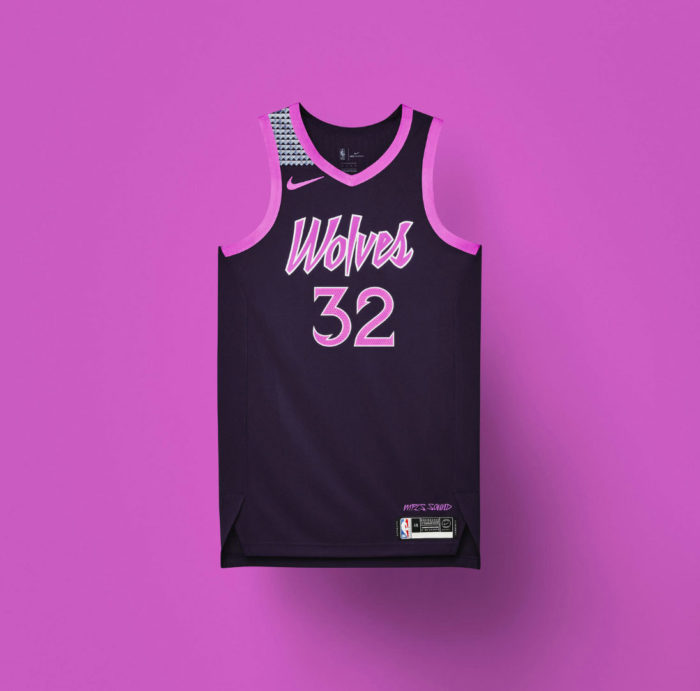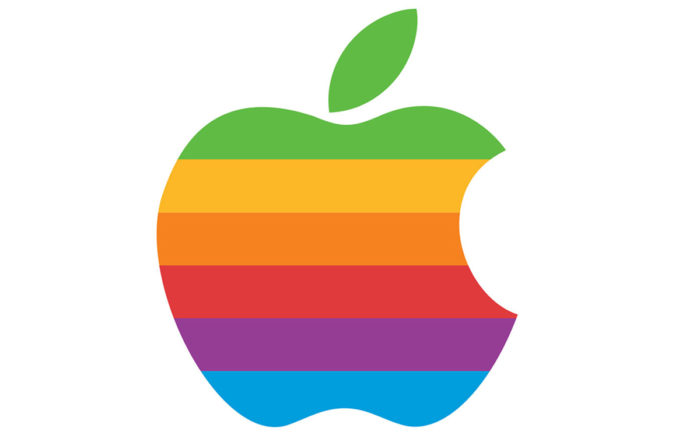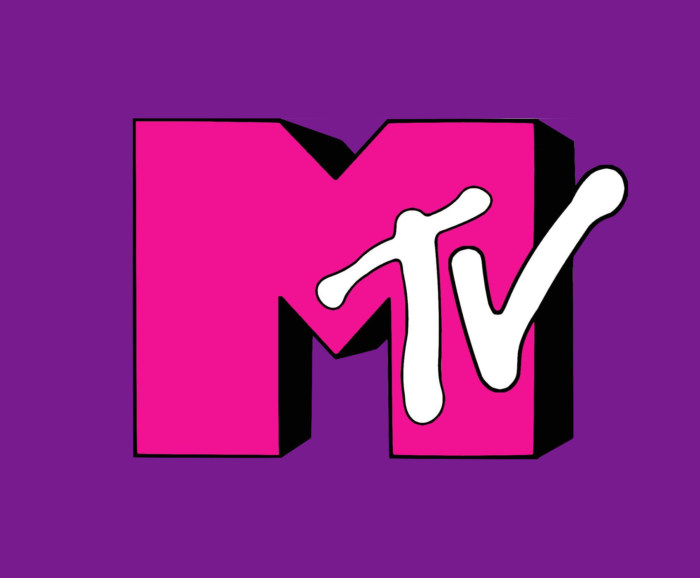David Ogilvy is a legend in the world of advertising. Often referred to as the “Father of Advertising,” Ogilvy’s rules of advertising paved the way for how we think about branding, big ideas, and creativity today. Guys like Don Draper in Mad Men are modeled after men like David Ogilvy and the era of advertising in which he reigned.
Though many of his most iconic quotes and platitudes originated from the middle of the 20th century, they’re foundational enough to still be applicable today. Sure, advertising has changed a lot since then—Ogilvy never had to consider what Facebook’s rapidly changing algorithms would mean for his company’s media buyers, or how Instagram influencers would fit into the budget. So, how well do his ideas hold up in 2019? Let’s investigate.
1. “I could have positioned Dove as a detergent bar for men with dirty hands, but chose instead to position it as a toilet bar for women with dry skin. This is still working 25 years later.”
Verdict: Holds up
Those of you familiar with Mad Men are also familiar with the sexist undertones (and overtones!) of advertising in the 50s, 60s, and, you know, 2019. We’re probably not going to get very far in analyzing mid-20th-century advertising without acknowledging that many campaigns would not hold up today. (And that’s a good thing.)
But there’s a more general message in Ogilvy’s rule: zig when your competitors zag. One brand that has taken this approach is Billie. Billie is a start-up that sells razors, body lotion, shave cream, and body wash—but they’re no Gillette. In fact, there are several intentional elements to their branding that makes sure you know it. First, they refer to themselves as “the new body brand,” intended to “make a daily routine a little more delightful and a lot more affordable.”
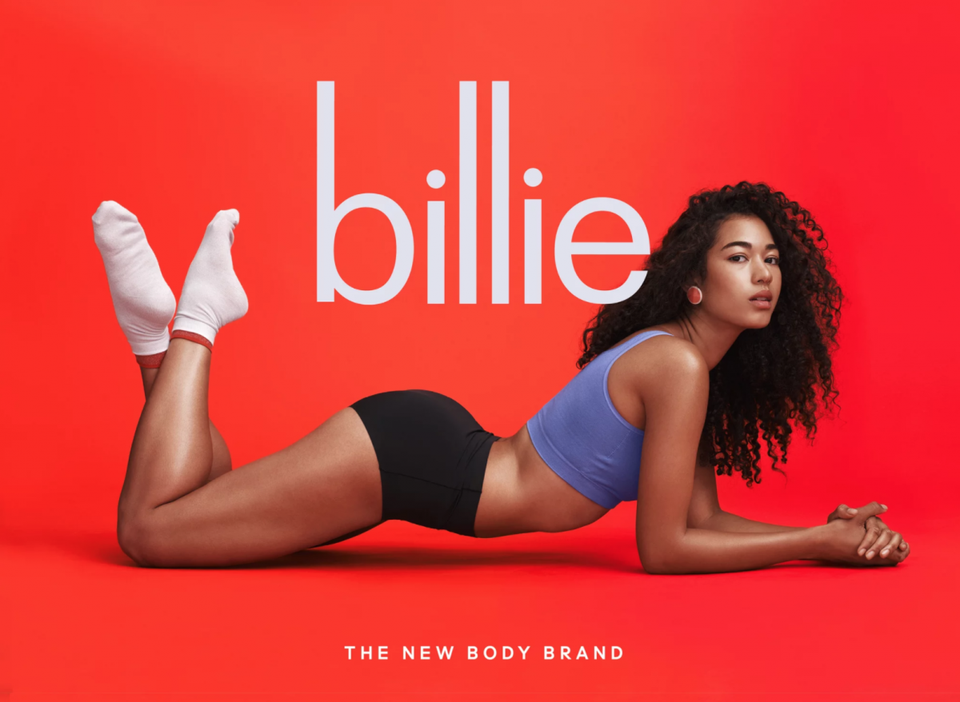
In stark comparison to other brands in the shaving category, their ads feature hair. Rather than buttery smooth calves, we see armpits with hair. Instead of demure poses sans razor, we see users shaving their big toes. But they make it clear: Billie makes products for those who want to shave—or not. And when competing with behemoths that have been around forever, playing your own game makes more sense than copying theirs. Brands can learn from Billie by strategically positioning themselves as the antidote to their competitors’ pitch.
2. “It seems to me you should use their language, the language they use every day, the language in which they think.”
Verdict: Holds up
You’ve probably heard the copywriting advice to “write at a seventh or eighth grade level.” The concept isn’t rocket science: simple, clear writing prevails when you’re hoping to reach a general audience who doesn’t plan on giving your subway ad much attention.
But it isn’t just about legibility. It’s also about tone. Oatly’s campaign is an example of brand voice that matched their audience without trying to play it too cool. Their self-deprecating tone is spot on for their target: millennials who’ve grown up being bombarded with marketing from every direction. Plenty of brands borrow Gen-Z slang (your brand is not, and never will be bae) and believe painting an Instagrammable mural outside their store is an effective social strategy.
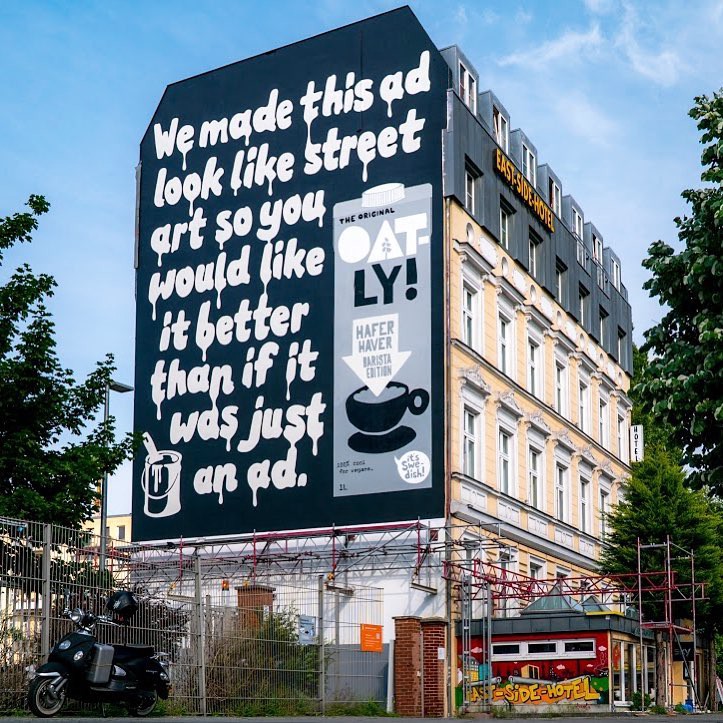
But if you’re able to remember what it’s like to be a customer, you’d remember that ads are, for the most part, annoying. Brands can take a page from Oatly’s book by talking to prospective customers, not down to them.
3. “I do not regard advertising as entertainment or an art form, but as a medium of information.”
Verdict: Outdated
Actually, the line between advertising and entertainment is more blurred than ever. Branded content is everywhere you look and product placement has never been slicker or more ubiquitous—from music video product placement to co-branded TV shows and podcasts.
One of the best examples in recent history is The Lego Movie—a star-studded blockbuster with a 95% rating on Rotten Tomatoes, $469 million gross, and nominations from the Academy Awards and the Golden Globes. And then Lego experienced a product shortage following the film’s release.
It wasn’t sticking a Pepsi into a sitcom or paying for Starsky & Hutch to drive your Gran Torino. Lego let the filmmakers run wild with how they portrayed the brand, allowing for more creativity and an unexpected result. The brand met the youths where they were: screens, not toy store aisles.
4. “I have never written an advertisement in the office. Too many interruptions. I do all my writing at home.”
Verdict: Holds up…sort of
The working from home debate rages on today! Ogilvy’s thinking does track (a Stanford study found an enormous productivity boost of working from home). But there are a few updates.
Working from home sounds better the more we study it. It can boost employee morale, collaboration, and retention, as well as save the company money, according to Forbes. But, it can conversely lead to feelings of isolation, a lack of boundaries for when employees are actually on and off the clock, and a drop in creativity. David Ogilvy could probably write deep into the night, but lesser souls might start looking for a nap time around 3pm.
And again, when most people talk about how much they like working at home, they’re really talking about how much they like not having people interrupt them for meetings all day. And maybe not having to pay for a dog walker. So maybe just schedule fewer meetings and make some space for a pooch or two.
5. “The more informative your advertising, the more persuasive it will be.”
Verdict: Holds up
It’s a common lesson in any Principles of Marketing basics class to learn that “persuasive” and “informative” are two separate types of advertising. But the reality is much closer to what Ogilvy had in mind—less telling you why you should do something, and more showing you something so that you’ll take action.
Take the Trash Isles pollution awareness campaign for example. AMV BBDO created this multiple Cannes Grand Prix winner, which set off to educate the world about the realities of ocean waste through a clever mix of PR, media, and design. By declaring a country-sized patch of trash in the middle of the Pacific Ocean an official country, the agency made a statement that governments and people just couldn’t ignore.
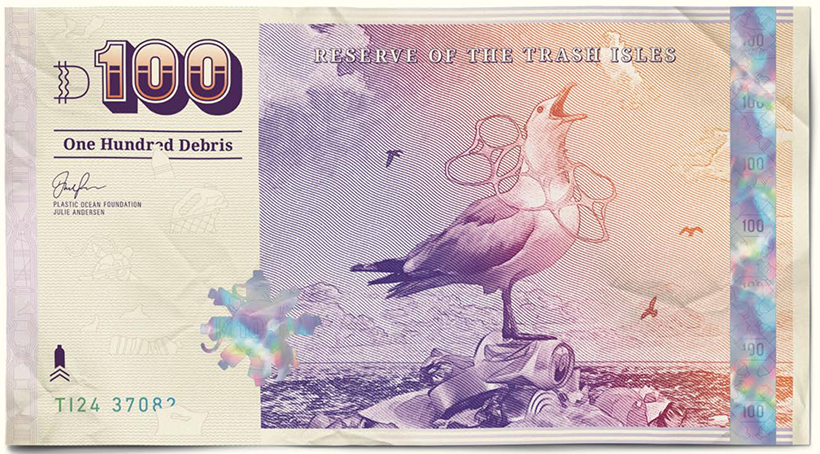
Their message was simple: the amount of trash floating in the ocean is as large as the country of France. But sometimes even a singular, informative message can be powerful. 193 countries at the following UN conference pledged to tackle the “global crisis of plastic in the oceans” and search volumes on Google for the term “plastic pollution” went up 154% in the nine months following Trash Isles’ launch according to Campaign.
Brands should use this case study as a model for developing a forthright, but powerful message when strategizing a persuasive campaign.
6. “Advertising people who ignore research are as dangerous as generals who ignore decodes of enemy signals.”
Verdict: Holds up, with a caveat
Research can provide crucial information about practically every step of the marketing process. Something important that we can glean from research is insights about our target audience— from their values to their demographics and psychographics.
David Ogilvy would have loved the data of the digital advertising data—you can learn exactly who your customer is and learn exactly how different copy, images, and landing pages affect their decisions. However, it’s easy to take all of this useful information and create something that reflects all of the quantitative data out there, and yet still doesn’t resonate.
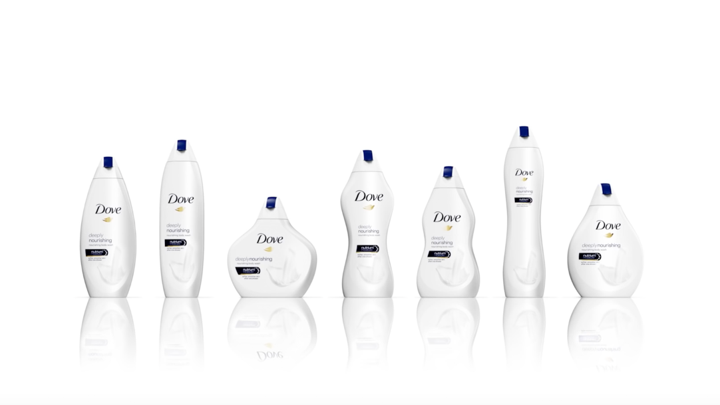
A notable example is when Dove fumbled their body positivity messaging. Their decade-long “real beauty” campaign was widely embraced by the public. That is, until they released “real beauty bottles”—a collection of six differently sized (from svelte to pear) body soap containers to demonstrate that “there is no perfect shape.” Except, some shapes were more perfect than others and proved to be more functional and easy to handle in a slippery shower.
The research might have suggested that, since one campaign around body positivity worked, so too would another. But you don’t need data to see the difference between the two. You just need common sense.
7. “Many people—and I think I am one of them—are more productive when they’ve had a little to drink. I find if I drink two or three brandies, I’m far better able to write.”
Verdict: Outdated
Although many agencies still have in-office bars or beer fridges, drinking on the job is becoming increasingly infrequent as we stray further from the three-martini lunch era. Drinking culture in advertising land is still pervasive—with negative effects lingering like a hangover on a Friday morning. But millennials are drinking less in general. And you know what? The ad campaigns still get made.
Ernest Hemingway liked to write drunk and edit sober, or so he’s quoted as saying anyway, but here’s a reminder for every young copywriter: you are not Ernest Hemingway.
8. “When a crisis keeps [the people in my agency] working all night, their morale is high for weeks.”
Verdict: Outdated
“I feel so motivated right now!” said no one ever the morning after working until 1 a.m. on a pitch.
A 2018 study from the Journal of Epidemiology & Community Health found that women who worked extra-long hours (55 and up) were more likely to experience increased depressive symptoms, and the same effect was found for both men and women who had to work weekends.
9 . “The product must be one which we would be proud to advertise.”
Verdict: Holds up
Bothersome clients are inevitable, and sure, you probably won’t be totally psyched for every single assignment. But if your company’s values no longer align with either the product, service, or agency you’re representing — it might whittle away at your morale before you even notice.
A recent scenario was the case of Papa John’s getting fired by their agency, Laundry Service, after founder John Schnatter used a racist term during a conference call. That comment, among others, disturbed many people on the call, and Laundry Service’s CEO terminated the contract shortly thereafter.
Companies and agencies should hold their clients to the same level of accountability as they hold their own employees and stakeholders. And if your moral compass isn’t pointing you one direction, look to your future and think, “Will the future client of our dreams want to work with the same agency representing Papa John’s?”
10. “On the average, five times as many people read the headline as read the body copy. When you have written your headline, you have spent eighty cents out of your dollar.”
Verdict: Holds up
Ogilvy was a headline hound because he knew people had short attention spans. He’s even more right today. And there are more places than ever that this holds true. Email subject lines, blog posts, and Facebook ads all give you a headline’s worth of words to garner attention. And so spending time crafting (and testing) the perfect headlines is going to be better spent than just about anywhere else.
Everything is getting shorter. But that doesn’t mean you should be spending less time crafting the right message. It just means those headlines are even more important.
